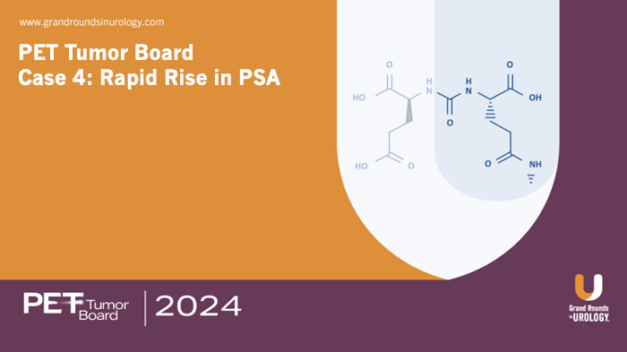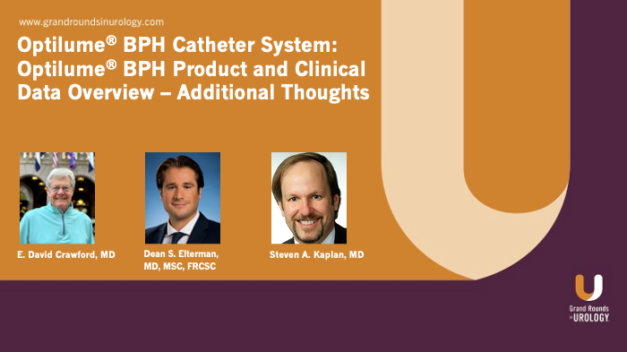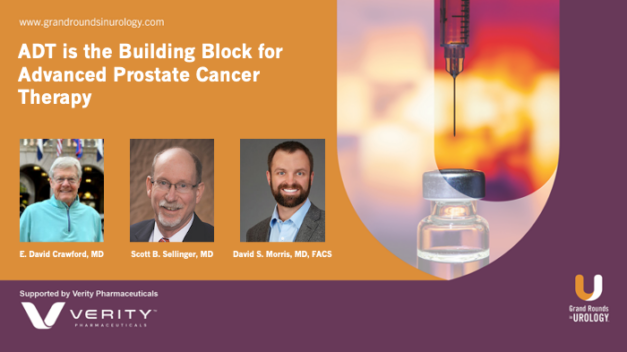Optilume® BPH Catheter System: Optilume® BPH Product and Clinical Data Overview
E. David Crawford, MD, sits down with Dean S. Elterman, MD, MSC, FRCSC, and Stephen Kaplan, MD, to discuss the evolution of BPH treatment and the Optilume® BPH Catheter System, a novel minimally-invasive surgical therapy (MIST). This is the first in a series supported by Laborie.
Dr. Elterman begins with an overview of the Optilume® BPH Drug Coated Balloon Catheter. He presents the components of the system and their utility. He presents a demonstration of the system in action.
Dr. Kaplan presents data from the clinical investigations of the effectiveness of the Optilume® BPH Catheter System. He provides an overview of the results from the EVEREST study and the landmark PINNACLE trial, which was published in the September 2023 issue of the Journal of Urology. He notes that the major benefits of the treatment include significant flow rate improvement despite the lack of tissue removal and low surgical retreatment rates.
Read More




